The ¥175,000 Midnight Crisis: When “Taking Responsibility” Isn’t Enough
At 9:03 PM on a Thursday night, everything seemed to be going perfectly. Our client’s engineering equipment order was packed and ready for the next morning’s shipping cutoff. Then the phone rang.
“All the cartons for Product X have problems,” the factory salesperson said. “15 cubic meters of finished goods can’t be sealed properly. What should we do?”
The timing couldn’t have been worse:
- Customs cutoff supposedly at 8:00 AM the next morning
- No time to contact the client for approval
- Spring Festival approaching, making resources scarce and expensive
- ¥175,000 potential loss hanging in the balance
The immediate dilemma: This wasn’t a case of one or two defective cartons slipping through quality control. Every single carton for this product line had the same critical flaw – they were too small to properly seal the contents. How did an entire batch of incorrectly sized packaging make it through the entire supply chain undetected?
The Supplier’s “Solutions”
The factory immediately offered three options, each presenting what they considered reasonable compromises:
Option 1: “Tape Fix” “Just seal the cartons with adhesive tape. After all, you’re doing engineering projects – cartons shouldn’t be that important.”
Option 2: “Delay Everything” “We can postpone the entire container shipment until new cartons arrive in three days.”
Option 3: “Split Shipment” “Ship the good products now, air freight the problematic ones later. Don’t worry – we’ll take full responsibility for the air freight costs.”
The Real Problem with “Taking Responsibility”
Why Option 1 Failed: The factory’s “tape solution” revealed classic supplier thinking – focusing on immediate fixes without considering downstream consequences. They hadn’t considered:
- How would forklifts handle improperly sealed cartons?
- What about stacking stability in the client’s warehouse?
- Would special handling requirements create operational complications?
Why Option 2 Was Dangerous: Delaying the shipment meant:
- Missing critical engineering project deadlines
- Risking inability to secure space on the next available vessel
- Facing premium costs as Spring Festival approached
- Potentially cascading delays across the entire project timeline
Why Option 3 Seemed Generous But Was Problematic: The supplier’s offer to “take responsibility” for air freight sounded noble, but deeper analysis revealed serious flaws:
- Hidden client costs: Additional import processing, 300km airport pickup, internal handling – all uncompensated client expenses
- Unrealistic cost estimate: The salesperson hadn’t calculated that air freighting 15 cubic meters internationally would cost approximately ¥175,000
- Internal supplier conflict: Once the production department learned the real cost, they’d likely renege on the commitment
- Ultimate cost transfer: The supplier couldn’t absorb ¥175,000 – this cost would eventually be passed back to the client
Step 1: Question the Assumptions We challenged two critical pieces of information:
- Was the “morning cutoff” actually correct? (It wasn’t – the real deadline was 4:00 PM)
- Did replacement cartons really require three days? (For non-printed engineering cartons, half a day should suffice)
Step 2: Escalate the Reality We informed the supplier of the actual ¥175,000 air freight cost and demanded the production department face the real consequences of their error.
Step 3: Transparent Client Communication We immediately emailed the client explaining the situation and our three-priority solution approach:
- Priority 1: Replace cartons and meet original shipping schedule
- Priority 2: Partial shipment with air freight for affected goods
- Priority 3: One-week delay for entire container
Step 4: Pressure for Real Solutions We made it clear that accepting the problem wasn’t an option – the factory needed to actually solve it.
Facing similar challenges? Contate-nos now.
Immediate Response: Once the production department understood the real cost implications (¥175,000), they abandoned the “take responsibility” approach and got serious about finding solutions.
Rapid Mobilization:
- Three carton suppliers were contacted simultaneously
- Overnight production secured several hundred replacement cartons
- Factory worked overtime to repackage and meet the 4:00 PM deadline
Client Impact: The client received exactly two emails:
- “Problem identified – working on solution”
- “Problem solved – shipment on schedule”
Financial Impact:
- ¥175,000 in potential air freight costs avoided
- No client operational disruption
- No project timeline delays
The Root Cause Analysis
The Real Problem: This wasn’t a quality control failure. The root cause was a broken product development process:
- Design Phase: Factory designers completed carton specifications without physical testing
- Procurement Phase: Suppliers manufactured cartons based solely on drawings
- Quality Control Phase: QC checked cartons against drawings, not actual product fit
- Discovery Phase: Problem only detected during actual container loading
The Missing Link: No one in the entire supply chain had tested whether the cartons would actually work with the real products. Everyone assumed someone else had verified the fit.
Strategic Lessons for Supply Chain Management
1. “Taking Responsibility” ≠ Problem Solving
Many suppliers reflexively offer to “take responsibility” when problems arise, but this often means:
- Asking clients to accept defective products
- Offering compensation that doesn’t cover real costs
- Making promises they can’t realistically keep
Real responsibility means: Preventing problems from impacting the client, not just offering to pay for the consequences.
2. Think Total Supply Chain Cost
The ¥175,000 air freight wasn’t just a supplier cost – it represented:
- Client operational disruption
- Additional import processing
- Logistics complications
- Project timeline risks
Entendimento: The most expensive “solution” often isn’t the obvious financial cost, but the hidden operational impacts.
3. Challenge Assumptions Under Pressure
Critical decisions made under time pressure often rely on incomplete information:
- Verify deadlines independently
- Question supplier estimates
- Calculate real costs before accepting “generous” offers
4. Prevention Through Process Design
Root cause: The carton design process had no physical verification step. Solution: Implement mandatory fit-testing before finalizing packaging specifications.
Learn more about our product sourcing service.
“At 9 PM on a Thursday, we thought we were facing a project-threatening crisis. By Friday afternoon, we had forgotten there was ever a problem. That’s the difference between a sourcing agent who just finds suppliers and a supply chain partner who actually solves problems. Asian Sourcing Group didn’t just save us ¥175,000 – they saved our project timeline and our sanity.”


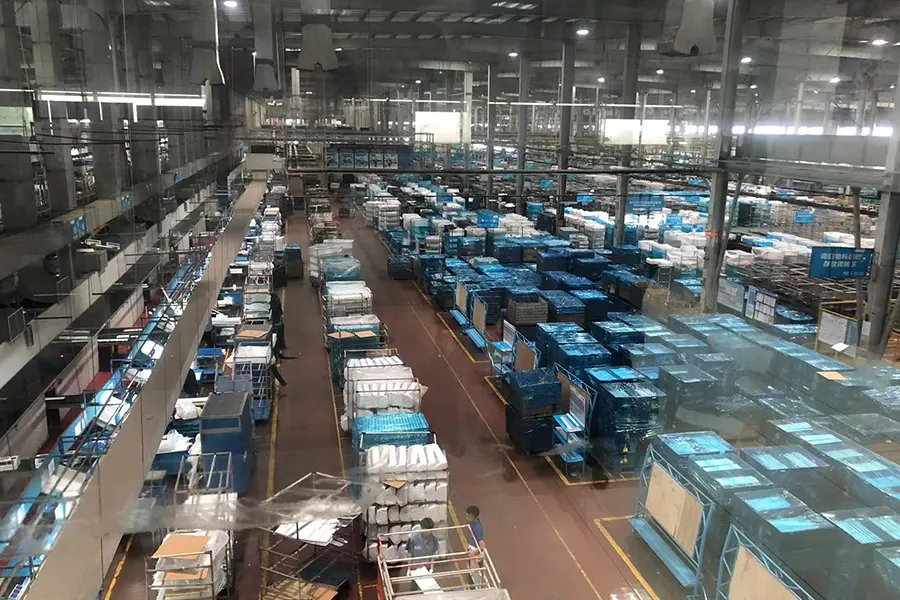
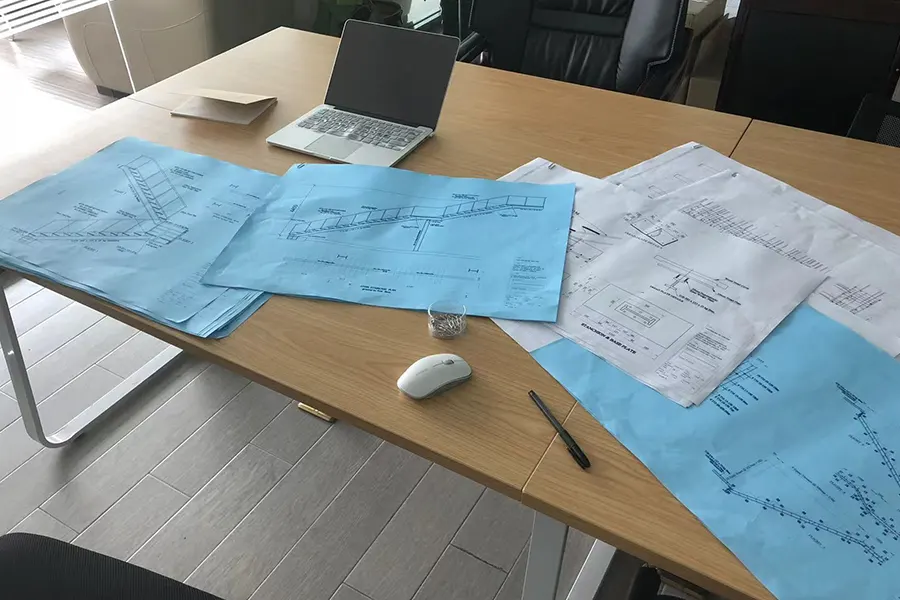

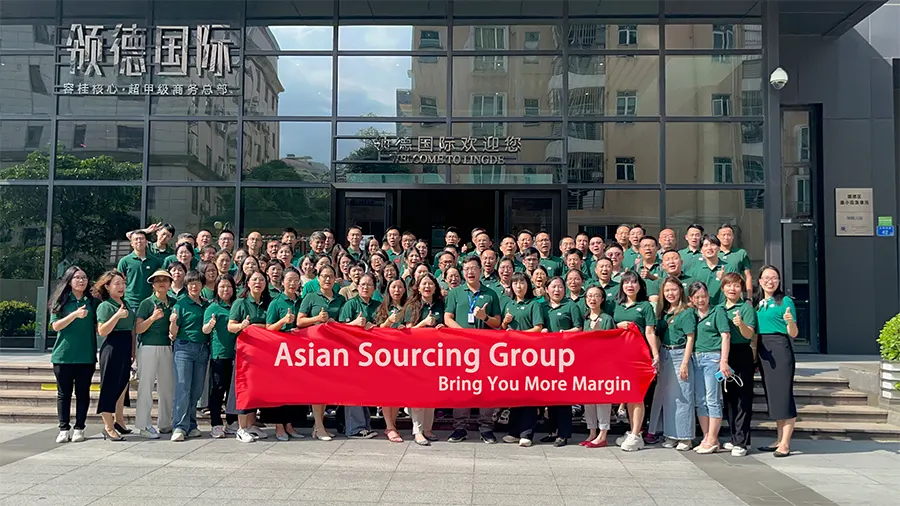
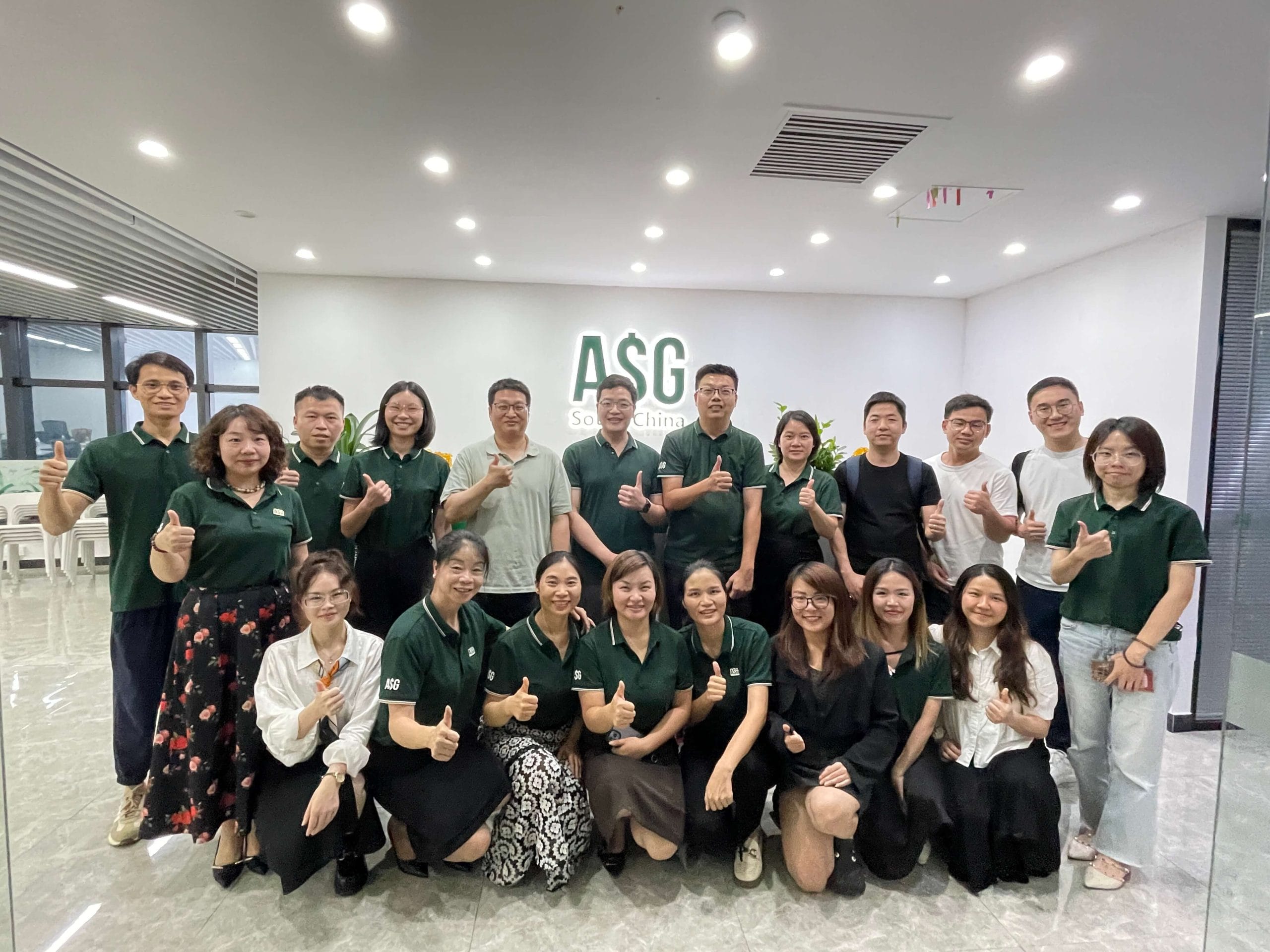
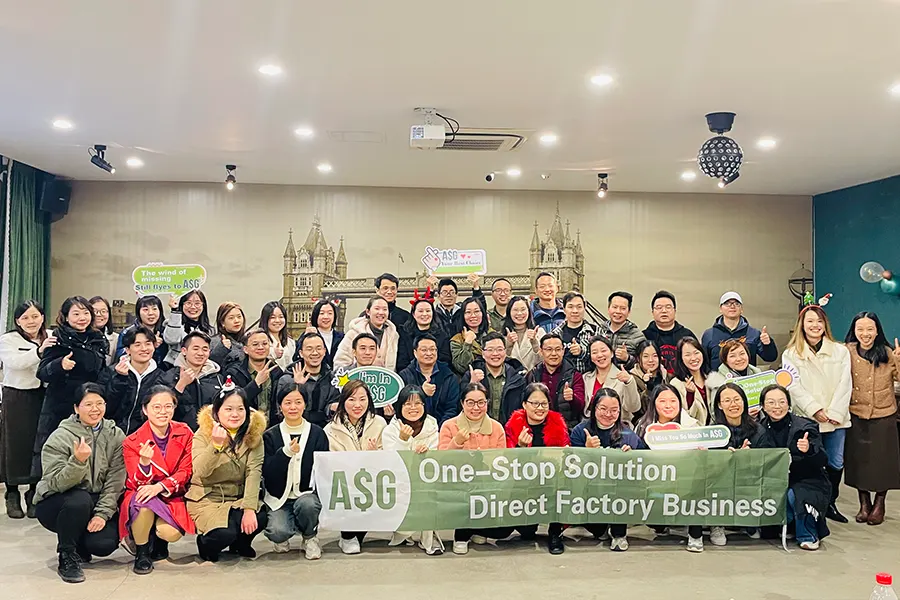
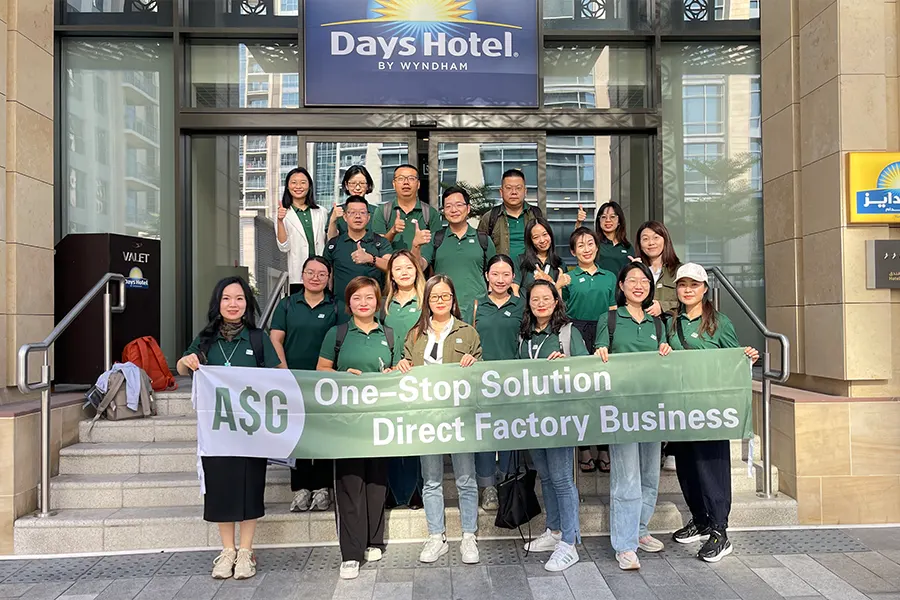
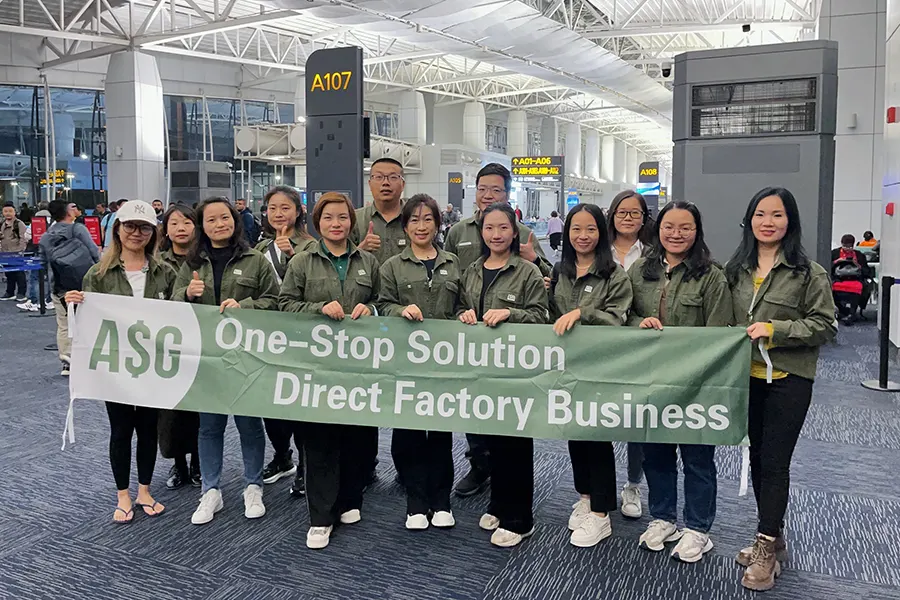
-300x198.png)